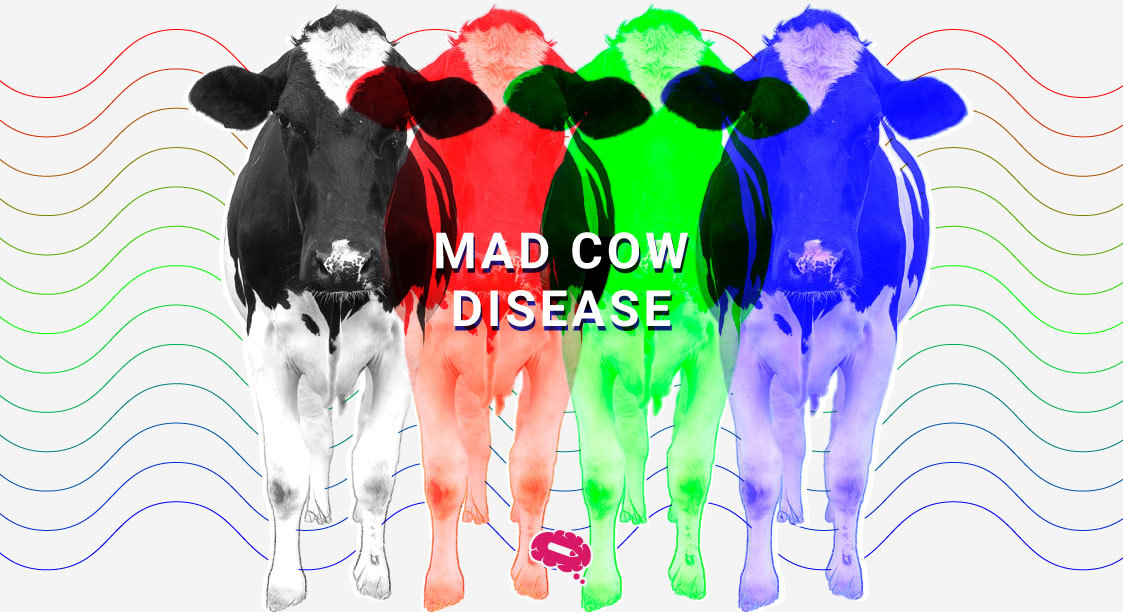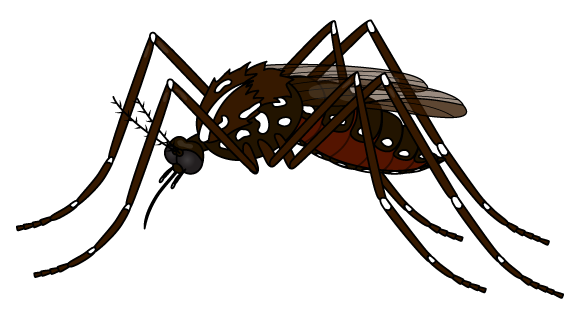In this article, we will delve into the world of mad cow disease, also known as bovine spongiform encephalopathy (BSE). We will explore the historical background of this devastating disease and provide valuable insights into its causes, symptoms, diagnosis, treatment options, and preventive measures. Understanding mad cow disease is essential for scientists, educators, and researchers who aim to combat this contagious and potentially fatal neurological disorder.
What is Mad Cow Disease?
Mad cow disease, or bovine spongiform encephalopathy (BSE), is a transmissible neurodegenerative disease that primarily affects cattle. It was first identified in the United Kingdom in the 1980s and quickly spread across Europe. The disease is caused by abnormal proteins called prions that affect the brain and nervous system, leading to severe neurological symptoms.
Causes of Mad Cow Disease
The primary cause of mad cow disease is the ingestion of contaminated feed. In the past, animal feed often contained protein supplements derived from the remains of infected animals. This practice inadvertently introduced the disease into cattle populations. Sporadic cases can still occur, despite strict regulations being implemented to prevent such practices.
Transmission of Mad Cow Disease
How is Mad Cow Disease Transmitted?
Mad cow disease can be transmitted by consuming meat or other animal products from infected cattle. The prions responsible for the disease can survive the cooking process, making it crucial to avoid consuming infected tissues.
Risk Factors for Transmission
Certain risk factors contribute to the transmission of mad cow disease. These include the age of the animal, with older cattle being more susceptible, and the presence of contaminated feed. Proper disposal of animal by-products and strict adherence to regulations regarding feed production are essential in preventing the spread of the disease.
Symptoms of Mad Cow Disease
Signs and Symptoms in Humans
In humans, the disease is known as variant Creutzfeldt-Jakob disease (vCJD). Symptoms include progressive neurological deterioration, psychiatric disturbances, and cognitive decline. These symptoms can take years to manifest, making diagnosis challenging.
Signs and Symptoms in Cattle
Mad cow disease manifests differently in cattle. Infected animals may display behavioral changes, coordination difficulties, and weight loss. As the disease progresses, they may also experience difficulty standing or walking.
Diagnosis of Mad Cow Disease
Diagnostic Tests for Humans
Diagnosing mad cow disease in humans is challenging. It typically involves a combination of clinical evaluation, imaging techniques, and cerebrospinal fluid analysis. However, definitive diagnosis often requires brain tissue analysis, which can only be performed post-mortem.
Diagnostic Tests for Cattle
In cattle, diagnostic tests focus on detecting abnormal prion proteins in brain tissues. Techniques such as immunohistochemistry and western blotting are commonly used to confirm the presence of mad cow disease.
Treatment of Mad Cow Disease
Treatment Options for Humans
Currently, there is no known cure for mad cow disease in humans. Treatment primarily involves managing symptoms and providing supportive care to enhance the quality of life. Extensive research is underway to develop effective therapies, but progress has been limited.
Treatment Options for Cattle
Similarly, no specific treatment exists for infected cattle. Once diagnosed, affected animals are typically euthanized to prevent the spread of the disease and minimize suffering. Strict measures are taken to ensure the safe disposal of infected carcasses.
Prevention of Mad Cow Disease
Preventive Measures for Humans
Preventing mad cow disease in humans relies on implementing rigorous safety measures. These include strict regulations regarding animal feed production, avoiding the consumption of high-risk tissues such as the brain and spinal cord, and proper handling and processing of animal products. Additionally, maintaining a robust surveillance system is crucial for early detection and control of any potential outbreaks.
Preventive Measures for Cattle
Preventing the transmission of mad cow disease in cattle involves several measures. These include stringent regulations on animal feed production and prohibiting the inclusion of animal protein derived from high-risk tissues. Regular testing and surveillance programs help to identify infected animals promptly. Strict control measures are also in place for the safe disposal of carcasses.
Conclusion
Mad cow disease, or bovine spongiform encephalopathy (BSE), is highly contagious and potentially fatal. Preventing its spread requires strict adherence to regulations regarding animal feed production, proper handling of animal products, and robust surveillance systems. While there is no known cure for the disease, scientists are still working to develop effective treatments and preventive measures.
Mind the Graph: Empowering Scientists with Beautiful Infographic Templates
Mind the Graph is a powerful platform that provides scientists, educators, and researchers with access to over 200 pre-made beautiful templates for professional infographics. These visually appealing templates enable users to create engaging and informative visuals to communicate scientific concepts effectively.
Whether presenting research findings, explaining complex topics, or creating educational materials, Mind the Graph offers a user-friendly interface and a vast library of graphics and icons to enhance scientific communication. Remember to check out our blog for more informative articles on various scientific topics.

Subscribe to our newsletter
Exclusive high quality content about effective visual
communication in science.





